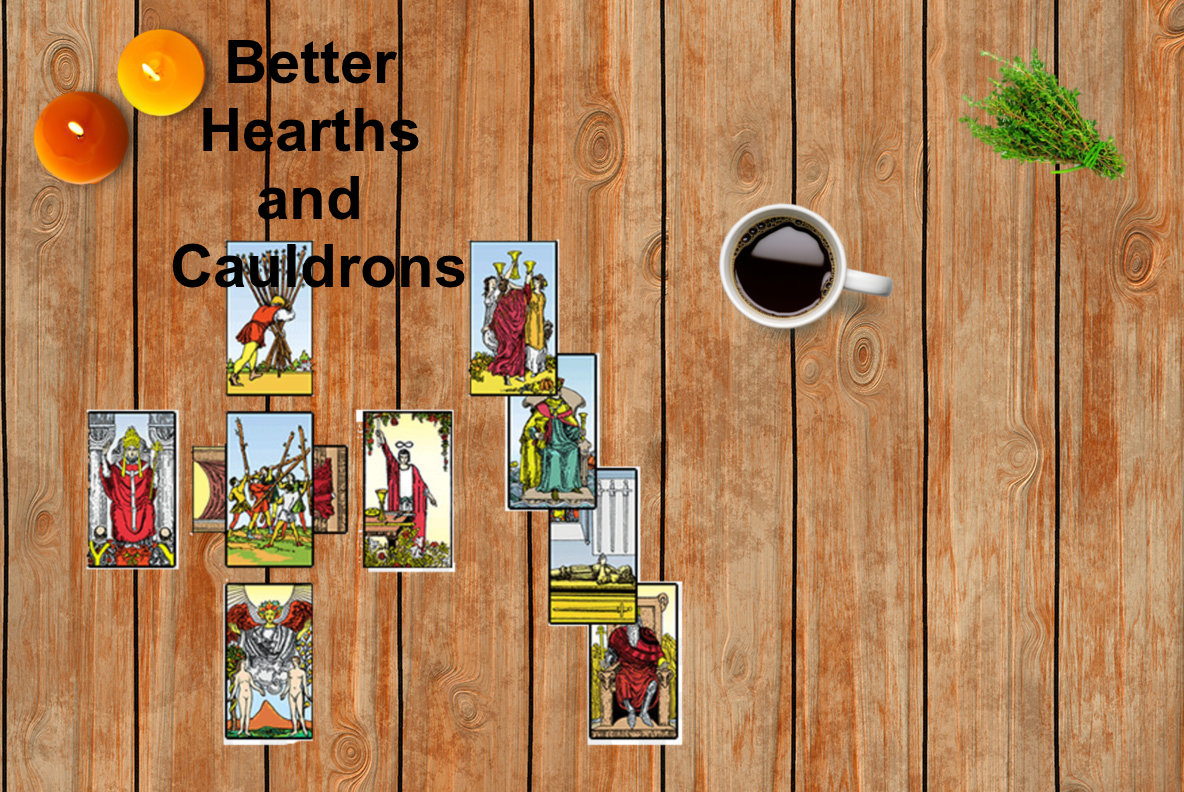I haven't posted an entry in over a week because I have been busy packing. I am getting ready to move again, but this time I'm going overseas. I will be back with an entry shortly. I plan to keep this journal active during my stay in Istanbul, but I won't have a lot of my books with me.
Keep checking back and I'll have something soon.
Wednesday, July 16, 2008
Monday, July 7, 2008
Wild Foods - Daylilies

As many of you have noticed, the day lilies are once again in bloom. Many gardeners eschew this plant, for its lifespan is exactly as long as its name implied. Many of us are fortunate enough to find daylilies along almost every road in the summertime. These beautiful flowers are only suitable for viewing, due to their proximity to the road. If you find daylilies in a pesticide-free area that is not close to a road or highway, rejoice in the knowledge that all parts of this plant - the sprouting leaves that appear in the spring, the buds and blossoms of summer, the leaves and even the rhizomes - are edible.
Could it be true? Did Mother Nature put these beautiful flowers here for us to gather and consume, free of charge, as part of her bounty? Why yes, she did. Well, not completely free of charge. We have to take care of the land and take care of the plants if we want them around.
Daylilies are considered a delicacy amongst some cultures. They have a long history with the Chinese, both in cuisine and in medicine.
There are a couple of harvests , starting in the early spring, when the tender young foliage appears. At this time, you can cut the 3- to 5-inch outer leaves from their grassy clump, taking care not to damage the flowering stalks. These young leaves are reported to have a flavor similar to creamed onions, when cooked in butter or oil.
The second harvest occurs during the summer when the daylily flower buds and blossoms appear. These are the sweetest parts of the plant and can be eaten raw or cooked. Half-opened flowers can be dipped in batter and fried tempura-style, much like squash flowers. Buds can be eaten in salads or sauteed.
If you decide to partake of this delicious plant, do so with caution. Start by tasting a small bit of the plant. Wait. Check for allergic reactions - itching, swelling, difficulty breathing, etc. If it tastes bitter or strange, don't swallow it. If you don't have any reactions, continue, but don't overindulge the first time.
Please don't forget to consult a guide on edible plants. I do not recommend hunting for your own mushrooms, but a good guide with color photographs will help you find food from plants and flowers growing in your yard. Just make sure nothing has been sprayed with pesticides (and rinse off any dog wee), or grows too close to the road. Oh, and don't take all of the plant. Leave some for later, and thank the plant and the Mother for the gift you are about to receive.
Daylily-Bud Saute From A Witch in the Kitchen by Cait Johnson
1 handful daylily buds per serving
1 or 2 tablespoons olive oil
sea salt or tamari (soy sauce)
1 garlic clove, crushed (optional)
1 tablespoon chopped onion (optional)
Gather a handful of buds for each serving you wish to make.
Saute the buds over medium-high heat in 1 to 2 tablespoons of the olive oil. Season to taste with the sea salt or tamari. Throw in a clove of crushed garlic, if you wis, or a tablespoon or so of chopped onion for each serving. Enjoy every marvelous bite.
Subscribe to:
Posts (Atom)
